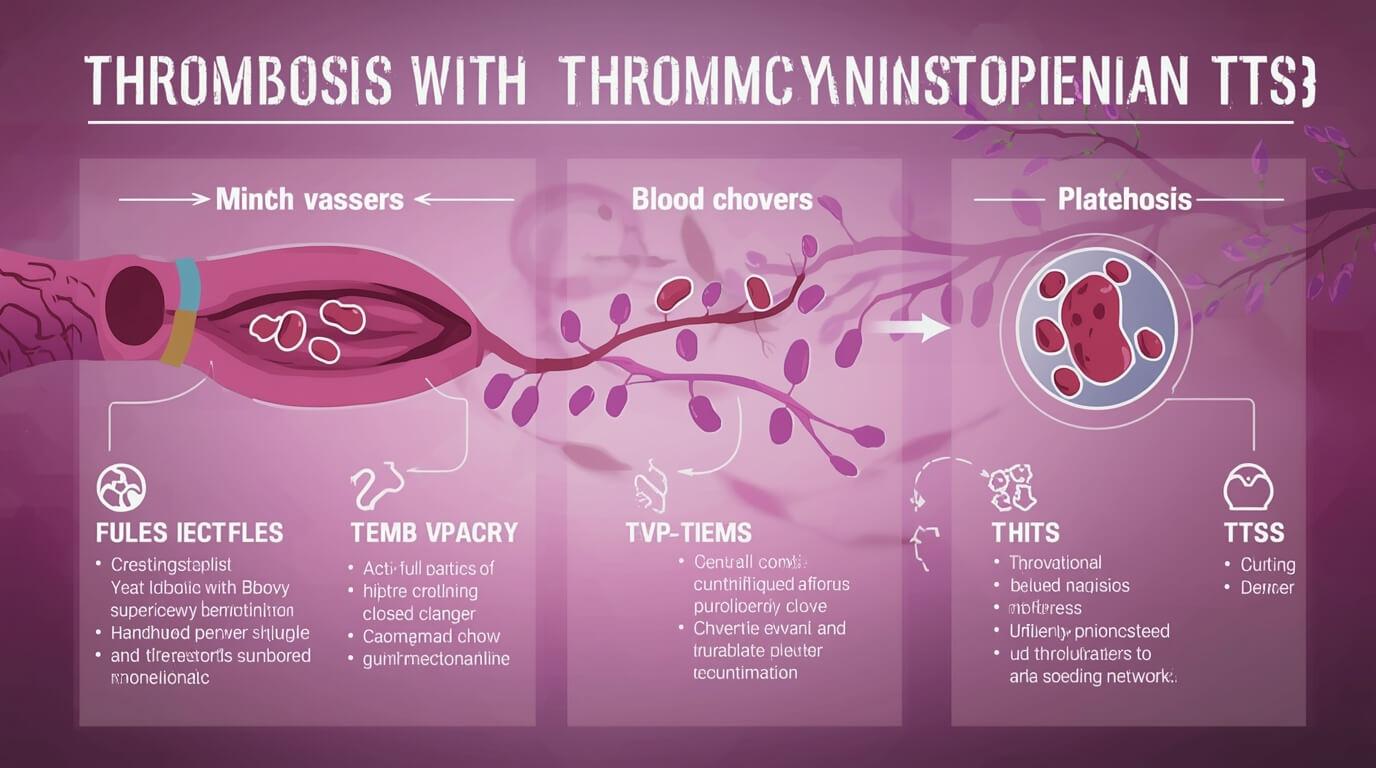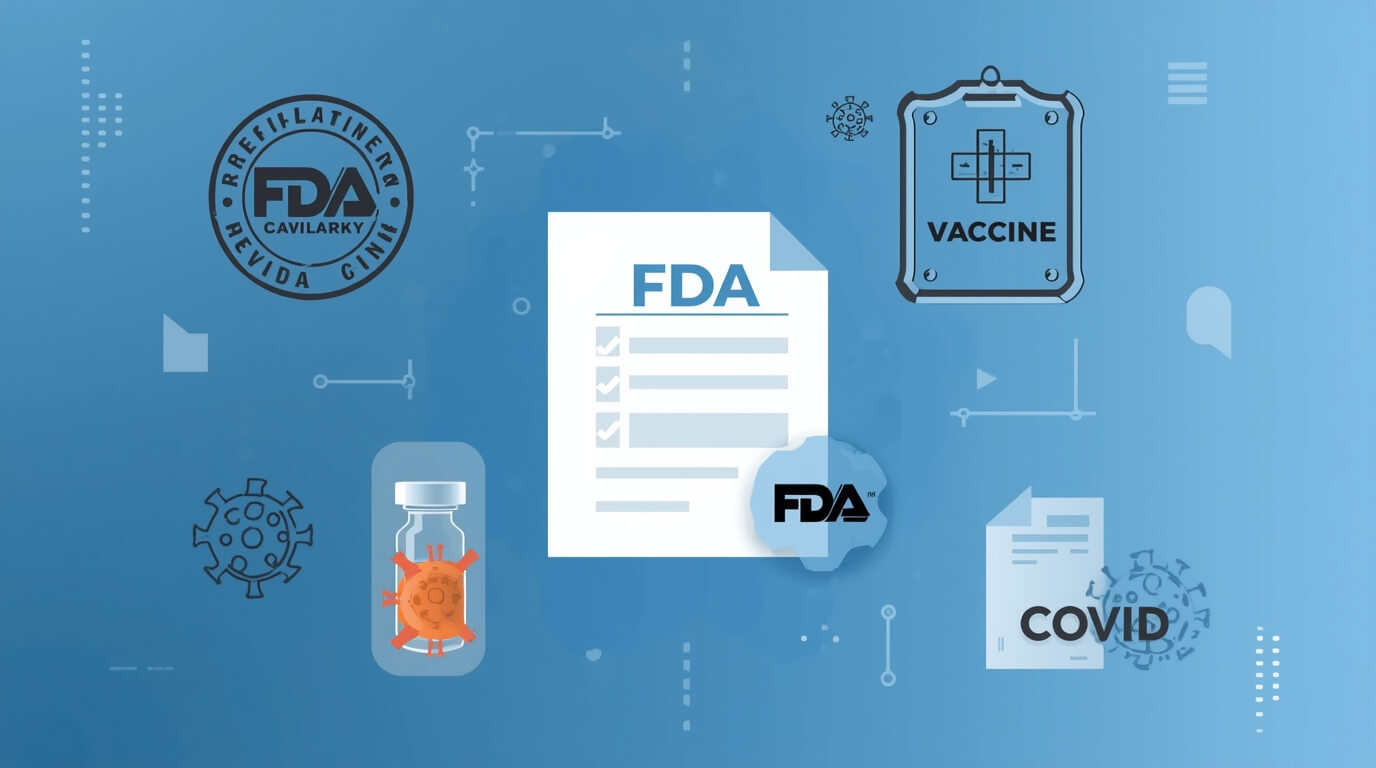We’re breaking down the FDA’s new, strict limitations on a well-known vaccine and explaining exactly who is—and isn't—eligible now.
Just when you thought the headlines around the pandemic were slowing down, the U.S. Food and Drug Administration (FDA) has issued a critical update that directly impacts public health choices. The agency has placed new, significant restrictions on who can receive the Johnson & Johnson (Janssen) covid vaccine, a move that reflects an ongoing commitment to vaccine safety and monitoring.
This isn't just another minor update; it's a fundamental shift in guidance for one of the primary vaccines used in the United States. For millions of Americans, this news raises immediate questions: Why the change? Am I at risk? What does this mean for me and my family going forward?
At Care and Prayer, our mission is to cut through the noise and provide clear, trustworthy information. In this comprehensive guide, we will walk you through:
-
What the FDA's new ruling is and the science behind it.
-
The specific, rare risk that prompted these restrictions.
-
A clear breakdown of who is still eligible to receive this vaccine.
-
What this means if you have already received the J&J shot.
-
Your current, recommended covid vaccine options.
Let's dive in.

The Breaking News: What Did the FDA Announce?
On May 5, 2022, the FDA announced it was limiting the authorized use of the Johnson & Johnson (Janssen) COVID-19 Vaccine. This means the vaccine is no longer a primary option for most adults in the U.S. Instead, its use is now restricted to two specific groups of individuals 18 years of age and older.
This decision was not made lightly. It came after an updated investigation and analysis of reported cases of a rare but serious adverse event: Thrombosis with Thrombocytopenia Syndrome (TTS), a condition involving blood clots with low levels of blood platelets. The risk of TTS was found to be highest in the one to two weeks following vaccination. While still rare overall, the FDA and CDC determined the risk, though small, was significant enough to warrant this change, especially since other effective covid vaccine options with lower known risks are widely available.
The “Why” Behind the Ruling: Understanding the TTS Risk
To truly grasp the FDA's decision, it’s important to understand the specific health concern. What is TTS?Thrombosis with Thrombocytopenia Syndrome is a rare condition where a person develops blood clots (thrombosis) along with a low platelet count (thrombocytopenia). Platelets are the blood cells that help your body form clots to stop bleeding. Having both at the same time is unusual and can lead to serious health complications, including stroke and death.
The CDC's investigation identified a causal relationship between the J&J vaccine and TTS. While the risk remains very low, the outcomes can be devastating. According to the FDA, through mid-March 2022, there were 60 confirmed cases of TTS, including nine fatal cases, following the administration of the J&J vaccine. The highest reporting rate was observed in females aged 30-49.
This is a prime example of post-market safety surveillance in action. The FDA and CDC continued to monitor the vaccine's safety profile long after its initial authorization, and when new data suggested an elevated risk for a specific outcome, they acted on it to protect public health.
For an in-depth clinical explanation, you can read the official FDA press release on this topic.
A Clear Guide: Who Is Still Eligible for This Covid Vaccine?
The FDA was very specific about who can still receive the Johnson & Johnson vaccine. It is now reserved for individuals 18 and older who meet one of the following criteria:
-
No Access to Other Vaccines: Individuals who, for reasons of accessibility or other factors, cannot receive an mRNA vaccine (Pfizer-BioNTech or Moderna).
-
Medical Ineligibility for mRNA Vaccines: Individuals who had a severe allergic reaction (like anaphylaxis) to an mRNA vaccine and therefore cannot receive another dose.
-
Personal Choice: Individuals who, after a thorough discussion with a healthcare provider about the risks, choose the J&J vaccine because they would otherwise remain unvaccinated.
The key takeaway is that the J&J vaccine is no longer a first-line defense. It is now a last-resort option for a very limited population.
To better understand the different types of vaccines available, check out our Care and prayer guide on Trump, RFK Jr., and the War on the COVID Vaccine: What’s the Endgame?I Already Got the J&J Vaccine. What Should I Do?
If you are one of the millions who already received the J&J shot, it is crucial not to panic. Here’s what you need to know:
-
The risk window is small: The risk for TTS is highest in the first two weeks after vaccination. If you are months or years past your vaccination date, your risk of developing this specific side effect is negligible.
-
Know the symptoms: In the rare event of TTS, symptoms include severe headache, blurred vision, shortness of breath, chest pain, leg swelling, persistent abdominal pain, or tiny red spots on the skin (petechiae). If you experience these within three weeks of a vaccination, you should seek immediate medical attention.
-
Talk to your doctor: The updated guidance does not mean your vaccine was ineffective. It provided protection against severe COVID-19. For booster shots, the CDC recommends using an mRNA vaccine (Pfizer or Moderna) regardless of your initial shot. Discuss your personal health situation and booster options with your healthcare provider.
Navigating Your Options: What Are the FDA’s Preferred Vaccines?
With the restrictions on the J&J shot, the FDA and CDC have clearly signaled their preference for the mRNA covid vaccine options from Pfizer-BioNTech and Moderna. These vaccines have been administered to hundreds of millions of people in the U.S. and have a robust and well-documented safety profile. They do not have a known risk of TTS.
For most individuals seeking initial vaccination or a booster dose, one of these mRNA vaccines will be the recommended choice.
Q2: What is TTS, the condition that caused the new restrictions?
TTS stands for Thrombosis with Thrombocytopenia Syndrome. It is a rare but serious condition that involves blood clots (thrombosis) combined with a low level of platelets (thrombocytopenia), the cells that help blood to clot.
Q3: I received the J&J vaccine a year ago. Am I still at risk for TTS?
The risk of developing TTS is highest within the first few weeks after vaccination. If you were vaccinated many months or over a year ago without issue, your risk for this specific vaccine-related adverse event is considered negligible.
Q4: Why was the J&J vaccine approved in the first place if it had this risk?
At the time of its Emergency Use Authorization, the benefits of the J&J vaccine in preventing severe COVID-19, hospitalization, and death far outweighed the then-known potential risks. The link to the rare TTS risk became clearer over time as millions of doses were administered and safety data was collected and analyzed.
Q5: What are the primary covid vaccine options in the U.S. now?
The primary recommended covid vaccine options in the United States are the mRNA vaccines, which include the Pfizer-BioNTech and Moderna vaccines. These are recommended for both primary series and booster doses for all eligible age groups.
The FDA’s decision to restrict the Johnson & Johnson covid vaccine is a powerful reminder that science is an ongoing process. Safety monitoring doesn't stop after a product hits the market, and regulatory bodies will adapt their recommendations as new data emerges. This is not a cause for alarm, but rather an assurance that the safety systems in place are working as intended.
For the vast majority of people, the key takeaways are clear: the mRNA vaccines from Pfizer and Moderna are the preferred and recommended options for protection against COVID-19. If you've already had the J&J vaccine, the period of highest risk for TTS has long passed.
Staying informed through trusted sources like Care and Prayer allows you to make confident and safe decisions for your health.
What are your thoughts on this updated FDA guidance? Share your perspective in the comments below, and please share this article to help others stay informed.
The Care and Prayer Team is a collective of researchers, writers, and health enthusiasts dedicated to providing clear, actionable, and well-vetted information. We believe that knowledge is the key to navigating the complex world of health and wellness with confidence. Our content adheres to the highest standards of accuracy and trustworthiness.
